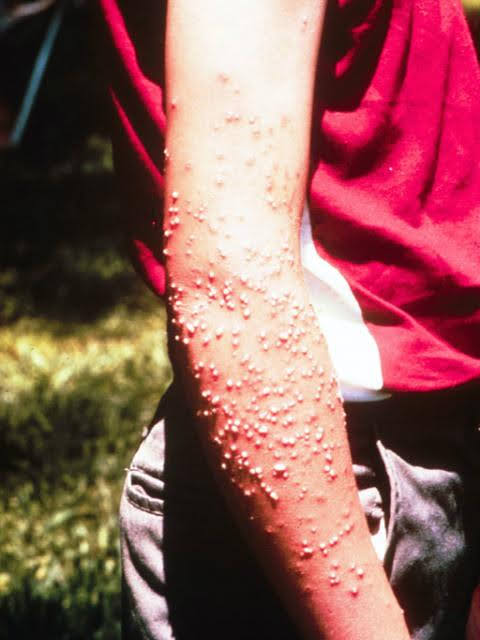New Zealand farmers are not alone in facing the challenge of striving for value while mitigating their environmental footprint. Senior reporter Richard Rennie is in Australia to find out how our neighbours are approaching the issues of gene technology, carbon farming and sustainability.
In a country where vertebrates and invertebrates that bite and sting are part of the scenery, fire ants have Australian officials signalling an impending biosecurity disaster.
A Senate inquiry has begun investigating the impact red fire ants are likely to have on the environment, humans, agriculture and native wildlife, as the risk of previously contained infestations spreading starts to grow.
The small red ants were first discovered in Brisbane in early 2001 but had possibly taken up residence in Australia undiscovered for 20 years before that. They have spread to northern New South Wales, having been isolated earlier in pockets of Queensland.
The spread of the ants is much feared, partly because of the adverse effects their sting can have on humans and animals.
They reach extremely high densities and their ferocious bite delivers multiple small pustules that sting for several hours and risk becoming infected. Much of Australia’s mainland is suitable for the ant’s habitat.
The Senate committee has been told a national invasion of the ants could cost Australia AU$60 billion ($64bn) over 30 years, and shave 1.5% off the nation’s GDP.
In scenes reminiscent of vintage horror film, the marauding ants will feed on any nesting fauna, including spiders, lizards, frogs and mammals, displacing native species, wrecking ecosystems and even attacking bird species that feed on the ground.

The ability of fire ants to inflict painful stings is cited as likely to have a major impact on Australians’ way of life in future, with thousands of citizens likely to experience a degree of anaphylactic shock from the ants’ bites.
The National Fire Ant Eradication Program’s website cites agricultural impacts of the ant’s invasion, which includes decimating more than 50 horticultural and broadacre crop types, destroying irrigation equipment, and even feeding on crop treatments.
Their impact in the United States has included a 35% reduction in potato yields in Florida and a 65% reduction in Mississippi corn crops.
They are even known to attack young livestock, stinging around their eyes, mouth and nose, leading to blindness and suffocation.
Multiple incursions have already been eradicated in Australia, but the latest data has the country on high alert, with blame being shuttled between bureaucrats on why action was not taken earlier.
Professor Helen Scott-Orr told senators a report she oversaw three years ago had disappeared until recently – which she said was extremely frustrating given its urgency.
She said eradication of the ant may now be impossible, with one former staffer likening it to the equivalent of putting a man on the moon.
New Zealand is recognised as the only country to have successfully eradicated the red fire ant. In 2009 then MAF Biosecurity declared victory in eradicating it at Whirinaki, north of Napier.










